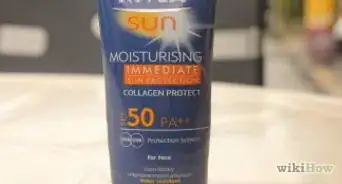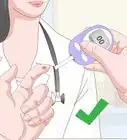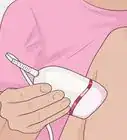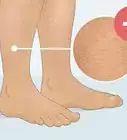This article was co-authored by Julian Arana, M.S.eD., NCSF-CPT. Julian Arana is a Personal Trainer and the Founder of B-Fit Training Studios, a personal training and wellness set of studios based in Miami, Florida. Julian has over 12 years of personal training and coaching experience. He is a certified personal trainer (CPT) by the National Council on Strength and Fitness (NCSF). He has a BS in Exercise Physiology from Florida International University and an MS in Exercise Physiology specializing in strength and conditioning from the University of Miami.
There are 10 references cited in this article, which can be found at the bottom of the page.
This article has been viewed 35,716 times.
If you’re feeling sore from working out, using a foam roller on your legs can help massage them and loosen up your muscles. Foam rolling, or self-myofascial release, is the process of self-massaging tight muscles and can aid in muscle recovery. In order for foam rolling to be effective, you must make sure that you are targeting certain muscles in your legs. If you follow the proper techniques, you can use a foam roller on your quadriceps, calves, hamstrings, and outer thighs.[1]
Steps
Using a Foam Roller on Your Quadriceps
-
1Lie with the foam roller under your thighs. Put the foam roller under your body and lie face down, using your forearms to support your body. Elevate your body so that your back is straight and lift your toes off the floor. You should now be face down with your forearms on the floor and the foam roller should be 2-3 inches (5.08-7.62 cm) above your knees.[2]
-
2Push backwards to roll towards your hip muscles. Use your arms to move backward over the roller on the floor. The foam roller should roll up, towards your waist. Stop when the foam roller reaches the top of your thigh.Advertisement
-
3Pull yourself forward to roll towards your knee. Pull with your arms so that you roll forward and stop 2 inches (5.08 cm) above your knee. Do not roll the foam roller over your knee or it may be painful and could cause an injury.[3]
-
4Roll back and forth for 30 seconds. Continue rolling from two inches (5.08 cm) above your knee to the top of your thigh and back, in one fluid motion. Concentrate on knots, or tight areas in your thighs and spend a little more time pressing the roller against those areas.
Utilizing a Foam Roller on Your Calves
-
1Sit on the floor with your left leg extended over the foam roller. Extend your left leg over the roller, with your toes pointing up. As you extend your leg over the roller, your right leg should be bent, with your foot on the floor. Support your posture by putting your hands down on the floor behind you.
- Sit down on a yoga mat or a carpeted floor.
-
2Position your left leg so the roller is two inches (5.08 cm) above your Achilles tendon. Your Achilles tendon is the tissue that connects your calf to the heel on your foot.[4] Scoot forward or backward so that the roller is positioned in the correct spot.
-
3Place your right leg over your left leg. Cross your right leg over your left leg to create more weight on it. This will allow the foam roller to massage your calves deeply. Your ankles should be against each other and your left foot should still be pointed towards the ceiling.[5]
-
4Slowly roll forward and backward. Roll forward so that the foam rolls up your calf and stops just before the back of your knee. Then, use your hands to move backward so that the foam rolls back to the starting position, right above your heel. Continue repeating this motion back and forth for 30 seconds.[6]
- Put your weight on your left leg so that the roller massages your calf.
-
5Flex your ankle. Go back to the starting position, with your left leg over the roller, and flex your ankle back and forth over the foam roller. Your toes should be going forward and backward and you should feel stretching in your Achilles tendon. This is a separate exercise that will stretch your ankle and Achilles tendon.
-
6Repeat the process on your right leg. Repeating the process with your other leg will ensure that you are massaging both legs equally. Do both exercises on each leg to complete the exercise.
Foam Rolling Your Hamstrings
-
1Sit on the floor with the foam roller just above your knees. Sit down on a carpeted floor or yoga mat with the foam roller behind both of your knees. Plant your hands behind you so that you can keep your back straight. Elevate your legs so that they aren’t touching the ground and point your toes towards the ceiling.[7]
- Avoid rolling behind the knee, which can damage sensitive tissues.
-
2Roll forward towards your buttocks. Slowly push off your hands and roll forward so that the foam roller rolls back towards your buttocks. You should feel it massaging the back of your thighs.
-
3Roll back towards the back of your knee. Use your hands and lean back so that the foam roller rolls back and stops 2 inches (5.08 cm) above the back of your knee.
-
4Continue rolling to stretch sore spots in your hamstrings. Continue rolling up and down in a fluid motion for 30 seconds, or 10 repetitions.[8]
Foam Rolling Your Outer Thighs
-
1Lie on your right side and position the roller under your hip. The roller should be under you and pressing up against the outside of your thigh. Plant your palms onto the mat under you to support your body.[9]
- Some physiotherapists recommend against rolling the outer thigh, as it can irritate the iliotibial band, which provides support to the knee. Consult your doctor and listen to your body to decide if this exercise makes sense for you. Stop using the roller if you feel pain or discomfort.[10]
-
2Bend your left leg over your right leg and plant your foot on the ground. Planting your left foot on the ground will help stabilize you as you do the exercise.[11]
-
3Roll back and forth from your thigh to your hip. Use your hands to push yourself so that the foam roller runs two inches (5.08 cm) above your knee. You do not want the roller to roll over the joint in this position or it could hurt you.[12]
-
4Repeat the process on your left side. Flip over to your left side and repeat the exercise to loosen up your left thigh. Once you roll on both for approximately 30 seconds on each leg, you’ll be done rolling your outer thighs.
Expert Q&A
-
QuestionShould you foam roll sore legs?
 Julian Arana, M.S.eD., NCSF-CPTJulian Arana is a Personal Trainer and the Founder of B-Fit Training Studios, a personal training and wellness set of studios based in Miami, Florida. Julian has over 12 years of personal training and coaching experience. He is a certified personal trainer (CPT) by the National Council on Strength and Fitness (NCSF). He has a BS in Exercise Physiology from Florida International University and an MS in Exercise Physiology specializing in strength and conditioning from the University of Miami.
Julian Arana, M.S.eD., NCSF-CPTJulian Arana is a Personal Trainer and the Founder of B-Fit Training Studios, a personal training and wellness set of studios based in Miami, Florida. Julian has over 12 years of personal training and coaching experience. He is a certified personal trainer (CPT) by the National Council on Strength and Fitness (NCSF). He has a BS in Exercise Physiology from Florida International University and an MS in Exercise Physiology specializing in strength and conditioning from the University of Miami.
Certified Personal Trainer Totally, foam rollers are great for tight or sore muscles. This will stimulate blood flow and help the muscle relax, so go right ahead!
Totally, foam rollers are great for tight or sore muscles. This will stimulate blood flow and help the muscle relax, so go right ahead!
References
- ↑ https://breakingmuscle.com/fitness/what-is-a-foam-roller-how-do-i-use-it-and-why-does-it-hurt
- ↑ http://blog.paleohacks.com/foam-roller-exercises-for-legs/
- ↑ https://duncraigphysio.com.au/foam-rolling-guide/
- ↑ http://www.webmd.com/fitness-exercise/picture-of-the-achilles-tendon#1
- ↑ https://www.theguardian.com/lifeandstyle/the-running-blog/2014/feb/28/foam-roller-runners-guide-muscles
- ↑ https://barbend.com/best-foam-roller-exercises-calves/
- ↑ https://www.youtube.com/watch?v=fMfe6DnlGvA&feature=youtu.be&t=9s
- ↑ http://blog.paleohacks.com/foam-roller-exercises-for-legs/
- ↑ http://www.shape.com/fitness/workouts/4-foam-roller-exercises-burn-fat-and-reduce-cellulite
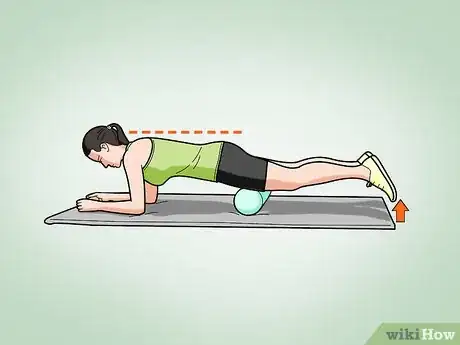
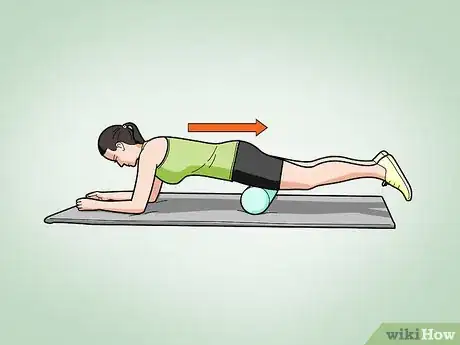
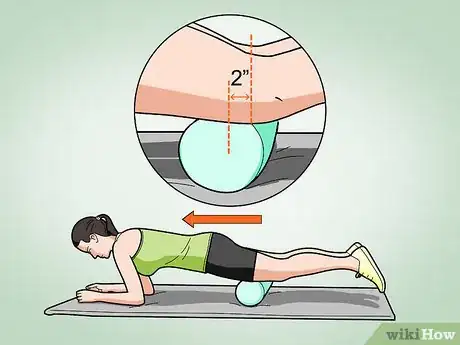
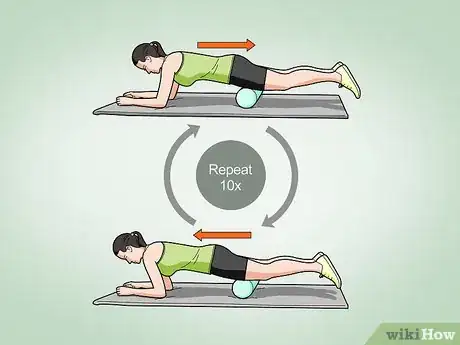
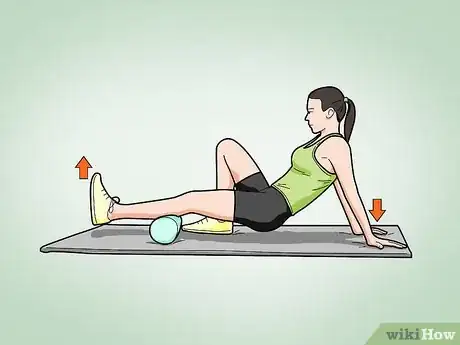
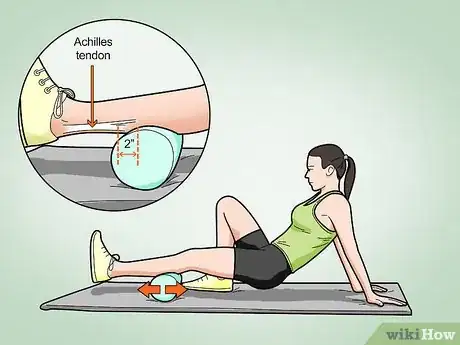
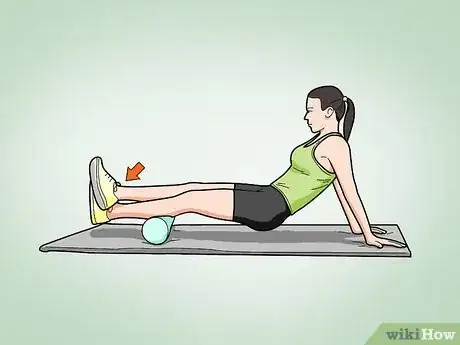

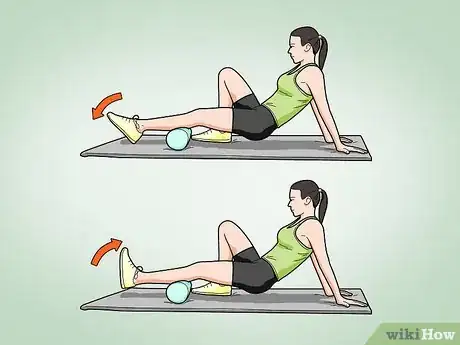
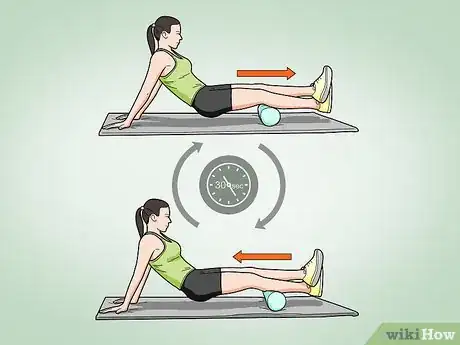
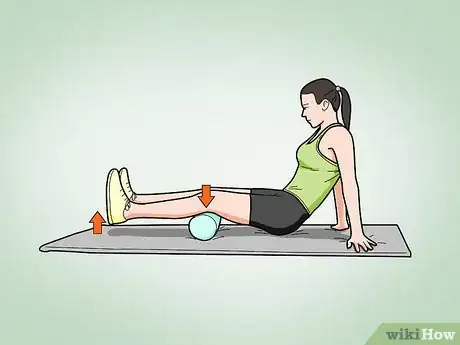
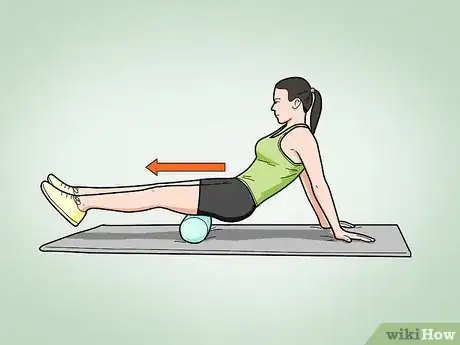
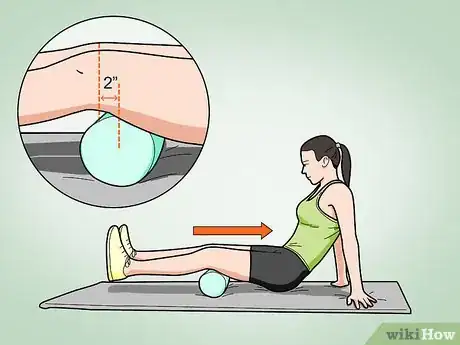
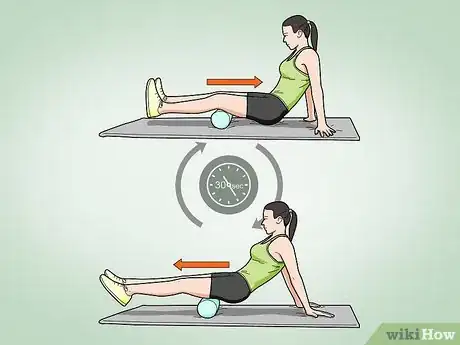
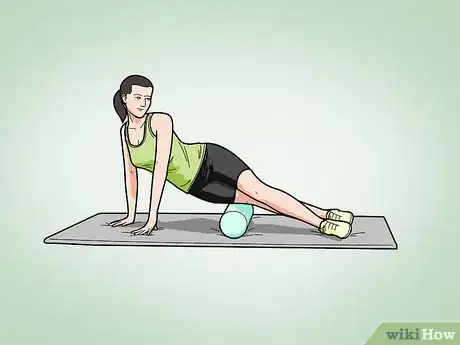

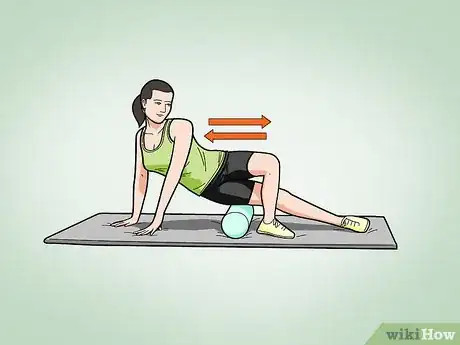

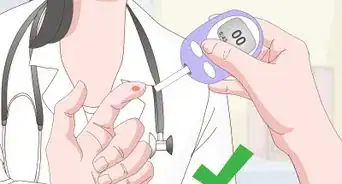

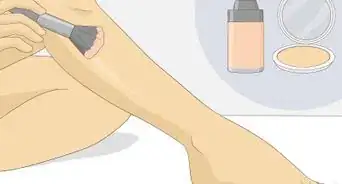
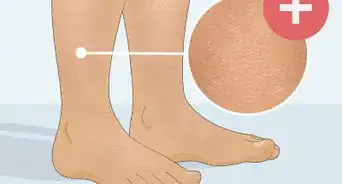
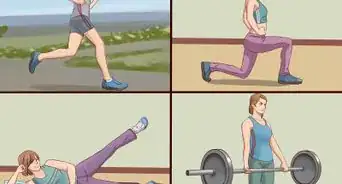

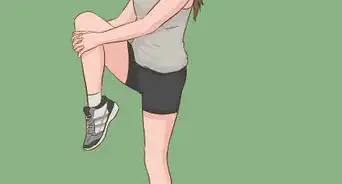
-Step-13-Version-3.webp)

